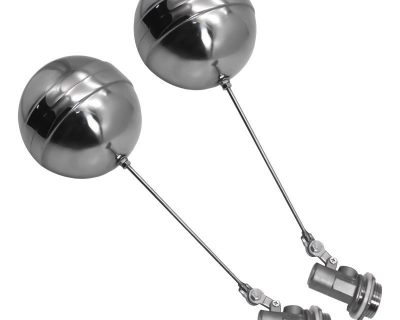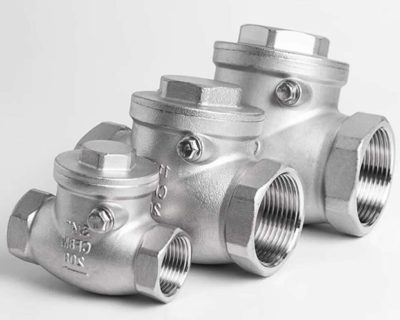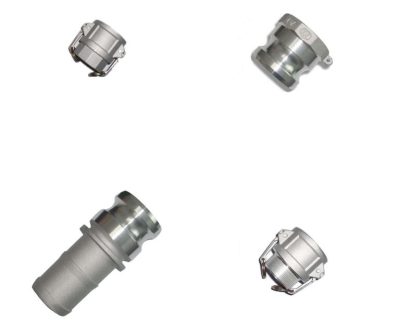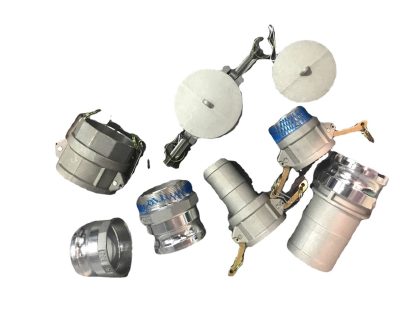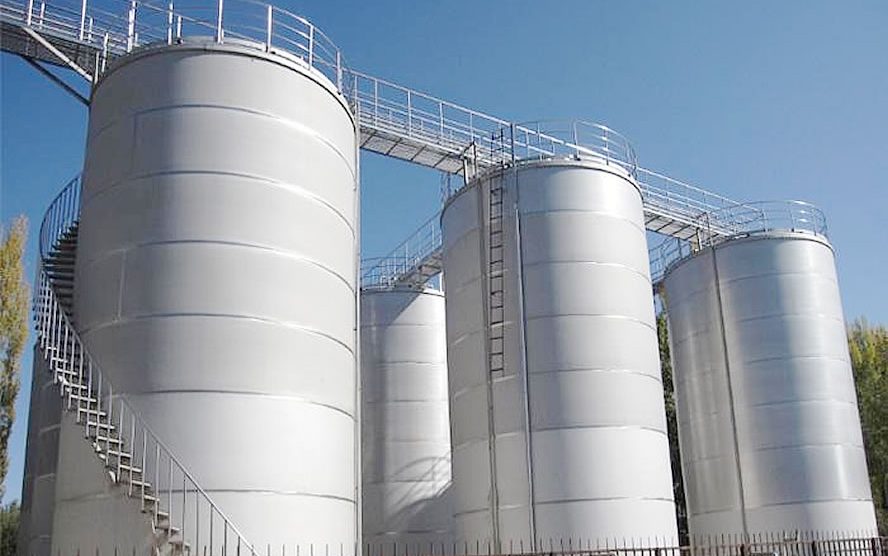
An Introductory Guide to Ball Float Valves For Water Tanks
Ball float valves are a must-have for any water tank. They provide an effective way to regulate the water level in tanks, ensuring that the tank does not overflow or run out of water. Ball float valves are designed with a rising stem and a ball that floats on the liquid surface. As the liquid level decreases, the ball rises to block off further flow of water while allowing it to pass through when there is sufficient liquid in the tank. With its simple design and easy installation process, ball float valves can be used in both residential and commercial settings to help maintain optimal levels of water supply in tanks.
Table of Contents
Toggle1. Overview of Ball Float Valves
Ball float valves are a type of mechanical valve used to regulate the flow of liquids, gases, and slurries. They are typically constructed from brass, stainless steel, ceramic, or plastic materials and have an object called a ball or float inside that regulates the water level. The ball floats on the liquid surface and rises when there is low liquid in the tank, thereby blocking off the water supply. When there is sufficient liquid in the tank, it falls allowing for the flow of water. Ball float valves are self-regulating and require minimal maintenance.
2. Components of a Ball Float Valve
The three main components of a ball float valve for water tanks are the ball, the float, and the valve seat. The ball is typically made from stainless steel and acts as the actuator; it rises or falls depending on the level of liquid in the tank. The float is connected to the ball and acts as a buoyancy chamber; when the liquid is low, the ball is dropped by the float. Lastly, the valve seat is where the ball connects, blocking off water flow when it is in the closed position.
3. How Does a Ball Float Valve Work?
A ball float valve for a water tank is a basic device that works to regulate the flow of liquids. When there is no water in the pipe, the ball floats down and allows water to pass through. When water enters the pipe, it causes the float to sink, which then pushes air into the pipe. This air pressure forces the ball to float up, thereby blocking the water from flowing any further. The ball float valve for the water tank ensures a long service life and is generally made of high-quality materials, making it highly durable. It is also adjustable and easy to install.
4. Benefits of Using a Ball Float Valve
The ball float valve comes with a range of benefits. It is a simple device that requires minimal maintenance and ensures an optimal water level in the tank. Additionally, it helps to protect the tank from overflowing or running out by regulating the amount of water passing through it at any given time. It is also adjustable, so users can customize their settings according to their needs. Lastly, ball float valves are cost-effective and easy to install, making them ideal for both residential and commercial settings.
5. Tips for Installing and Maintaining Your Ball Float Valve
When installing a ball float valve, it is important to make sure that the water tank is level. Additionally, make sure you use non-corrosive materials for your connection pipes and check for leaks before using the device. It is also important to regularly inspect your ball float valves for signs of wear and tear. If any parts need replacing, make sure you do so promptly to ensure the device works properly.
By using a ball float valve for water tanks, you can maintain optimal levels of water supply in your tank without any hassle. Ball float valves are simple, reliable, and efficient, making them an ideal choice for residential and commercial settings alike. With regular maintenance and proper installation, your ball float valve will provide you with years of reliable service.
6. Troubleshooting Common Issues With Your Ball Float Valve
If your ball float valve is not working properly, there are several steps you can take to troubleshoot the issue. First, make sure that your tank is level and free from any obstructions. Additionally, inspect all connections for signs of corrosion or leaks. If any components need replacing, make sure you do so promptly. Lastly, check the settings on the valve to ensure that it is adjusted correctly.
If, after following these steps, your ball float valve continues to malfunction, reach out to a professional for assistance. They can inspect and repair any damages or replace worn components with high-quality materials.
Overall, ball float valves are an effective and reliable way to regulate water levels in tanks. With proper maintenance and installation, you can enjoy years of dependable service from your ball float valve. For more information about ball float valves or assistance with your device, contact our professional today.
7. Wrap Up – The Ultimate Guide to Using A Ball float valve For Water Tanks
A ball float valve for water tanks is an effective way to regulate the flow of liquids in a tank, ensuring optimal levels at all times. It is simple to install, adjustable, and requires minimal maintenance. Additionally, it helps to protect your tank from overflowing or running dry by regulating the amount of water passing through it. With regular inspection and maintenance, you can enjoy years of reliable service from your ball float valve.
If you require assistance with installing or troubleshooting common issues with your device, our professionals are here to help. Reach out today for more information about ball float valves for water tanks or for assistance with your device.
This concludes our guide on Ball Float Valves For Water Tanks – we hope this has been a helpful and informative resource! Thanks for reading.


